The Moldovan market is a surprisingly tough one to break into for travel writers. Relatively few foreign tourists make the trip (the number of visitors to the country is measured in the low hundreds of thousands each year; by contrast, a city like Prague attracts more than 10 million visitors annually). Consequently, not many guidebook publishers issue a Moldova guide (or even a dedicated chapter), and big, glossy articles on the country in leading travel magazines and websites are few and far between. I can’t remember ever seeing a cover story on Moldova.
A little more than a decade ago, after I started writing about travel full-time, one of my first pitches to a travel magazine – in this case “National Geographic Traveler” – was for a piece on Moldova. My editor was supportive and gamely offered to raise the idea at the next editorial meeting. In the end, though, nothing ever came of it.
The problem is not that Moldova is not an attractive country or worth visiting. It definitely is. The issue is more that the main sights are not of the “must-see” variety. There’s no defining natural wonder – no spectacular mountain peak or waterfall -- or an awe-inspiring, historic city that would necessarily pull in large numbers of visitors. The attractions are much more subtle (and all the better for it): unspoiled countryside, rustic villages, friendly people, an active folk culture and some of Europe’s very best wines.
Until recently, breakaway Transdniester (ironically) also figured prominently among Moldova’s main tourist sights. This thin strip of land along the eastern bank of the Dniester River gained its nominal independence after a war in the early ‘90s that pitted Moldova’s armed forces against Russian-backed separatists. That conflict ended in stalemate and for the past three decades, Transdniester has carried on life as a de facto time capsule of the former Soviet Union. Visitors to Moldova were invited to tour the region and take in the surviving images of hammers and sickles, still-standing statues of Lenin and other pieces of Soviet-era kitsch. (As the current war rages on, those statues suddenly don’t feel quite so benign.)
One of the biggest challenges Moldova’s tourist authorities have had to overcome is the simple fact that the country is not very well known. To help boost Moldova’s tourism profile, leading international and Western aid organizations, like the American-funded USAID, have sponsored all-expenses-paid trips for foreign journalists to visit Moldova and then write about the country when they return home. That’s how I wangled my very first trip to Moldova, nine years ago in May 2013, when I and about 15 other travel writers motored around the country as part of a sponsored “fam” (familiarization) trip.
Needless to say, we had a great time. How could anything go wrong with all that wine? We started off in the capital, Chișinău (Kishinev), touring sights like the city’s former Jewish quarter and its little-known museum to the Russian poet Alexander Pushkin. Pushkin was exiled here, Ovid-like, for three years in 1820 after running afoul of Tsar Alexander I.
After that, we took in the astounding, labyrinthine wine cellar at the Cricova winery, near Chișinău, where wine is stored along more than 120 kms (75 miles) of underground wine routes. Vladimir Putin himself celebrated his 50th birthday here and even – at least back then – maintained here his own personal collection of rare wines. On that trip, we also attended tastings at the celebrated Chateau Vartely and Purcari wineries. This latter winery is credited with putting Moldovan wines on the world vintners’ map back in 1878, when its signature red, Negru de Purcari, won a gold medal at the Paris World Expo.
Not far from Chateau Vartely, north of Chișinău at Orheiul Vechi, we visited a picturesque, isolated cave monastery along a ridge above the Răut river. The monastery dates from the 13th century, and after standing abandoned for many years is now again tended by a small colony of monks. We overnighted a short walk from here at Butuceni, a traditional village that’s been restored and reconceived as a high-end rural resort (the cover photo shows my "room"). For dinner that night, we feasted on traditional mămăligă (cornmeal polenta) cooked over an open fire and, of course, lots more wine.
During that fam trip, we also crossed over the “border” to Transdniester, where we snapped furtive photos of a triumphant Lenin standing in front of the Transdniester government building (photography was officially banned, though the guards didn’t enforce the rules too strictly). The Soviet iconography was interesting, but the highlight of Transdniester for me was the tour and multi-round tasting we enjoyed at the legendary Kvint distillery. Over the years, Kvint produced some of the Soviet Union’s most iconic brandies (and was a favorite of famed cosmonaut Yuri Gagarin).
I figured the fam trip would probably be my first- and last-ever excursion to Moldova, but a couple years later, in April 2015, I received a surprise commission from an editor at “Foreign Policy” (FP) magazine. The Russian government at the time had recently imposed a punitive ban on imports of Moldovan wine (to keep Moldova’s then-leadership from moving too far “West”). Back then, Russia accounted for around a third of all of Moldova’s wine exports and the ban threatened to seriously damage the country’s economy. FP wanted me to fly out to Chișinău to write a story about U.S. government efforts to help Moldova evade the ban and find outlets for its wine.
I jumped at the chance to return to Moldova and carry out some serious journalism about wine and foreign affairs, but the story seemed cursed from the start. The editors at FP apparently envisioned I would uncover some kind of elaborate wine-smuggling operation, where covert operatives worked day and night to move crates of Moldovan wine out of the country – and past the ever-watchful gaze of the shady, KGB-infested offices of neighboring Transdniester. It was a fantastic notion. The only problem was I couldn’t ever find any evidence for it. To this day, I have no idea whether those kinds of illicit transfers ever took place. What I discovered instead was a more-mundane, relatively well-conceived USAID plan to help Moldovan winemakers improve the quality of their wines and develop new markets for them in Western Europe and the United States.
After undergoing several edits and iterations, the story ran in the magazine in July 2015 under the title “Drinking Games.” For a story about booze, it’s a little on the dry side. Nevertheless, I think it holds up well as an illustration of all the weapons, including measures like import bans, that Russia has as its disposal to manipulate and control the countries of its near abroad. This pull quote from the article could have been written yesterday: “Wedged between Romania and Ukraine, Moldova finds itself much like its neighbors: caught in the cross-hairs of a struggle for influence in Eastern Europe that pits Russia against the West.”
In the years after, I returned to Moldova on a couple of occasions to visit friends and write about the country for Lonely Planet, but during the Covid-19 pandemic I mostly lost touch with it. My sense from afar, though, was that in spite of a string of scandals, including the continuing fallout from a stunning theft of $1 billion from three leading banks in 2014, the overall situation in the country was improving. I also noticed, through the travel-writing grapevine, that until very recently, those wine-soaked fam trips for travel writers were still taking place.
Now, of course, with Russia bearing down on Ukraine’s coastal areas and threatening to move westward, Moldova sadly finds itself in the headlines for all the wrong reasons. One of the first trips I plan to make once the fighting stops is to return to one of those wineries – maybe to Purcari for a glass of that award-winning red.
(Scroll past the map for more photos.)


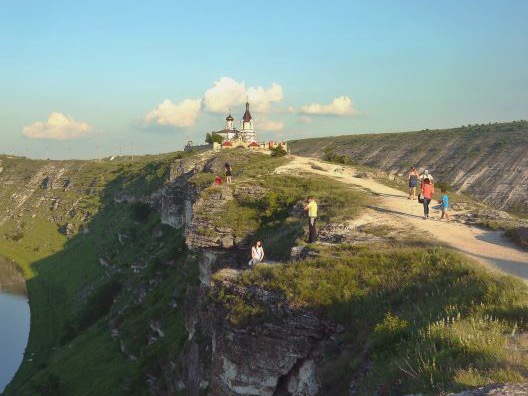

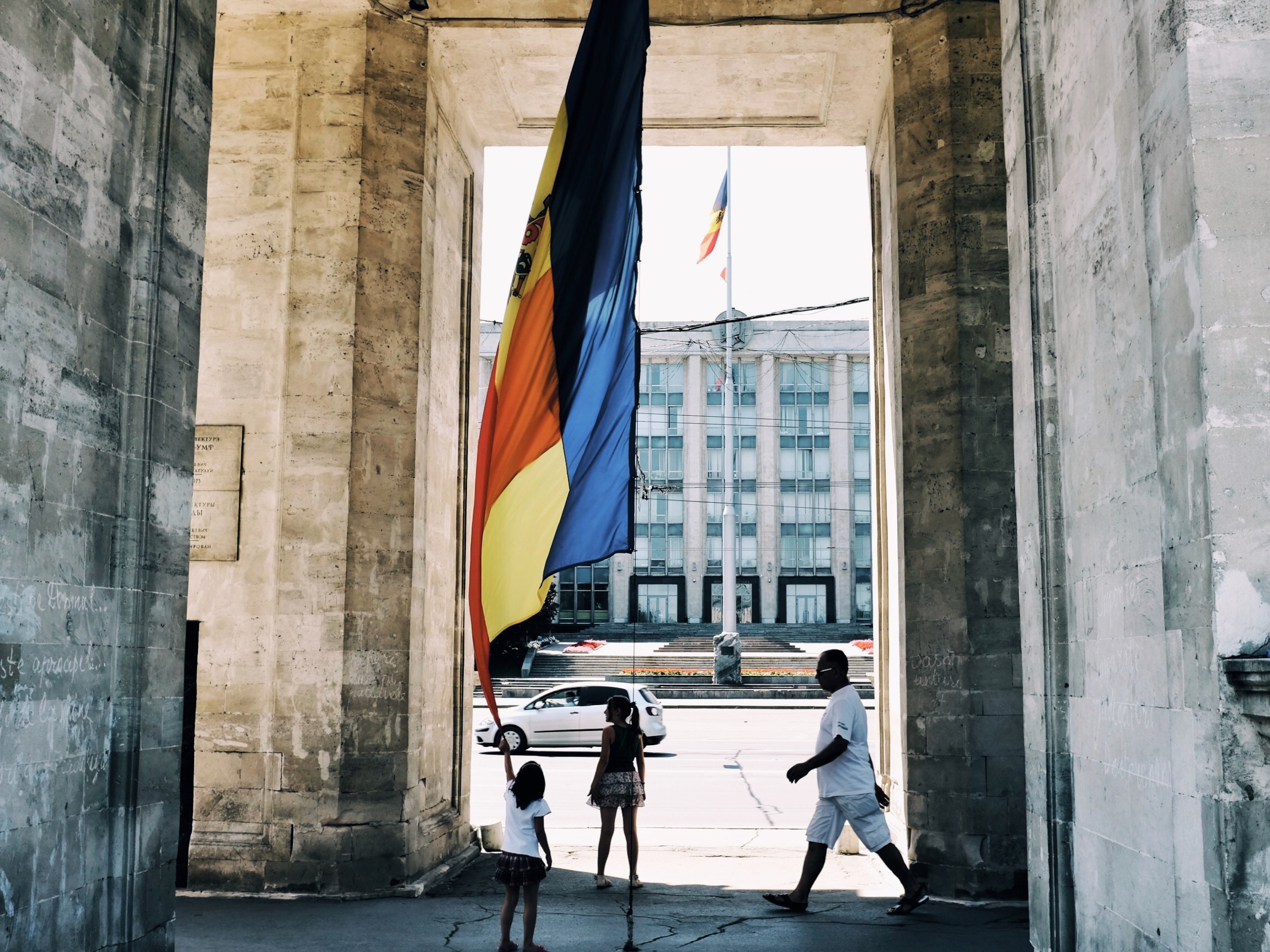
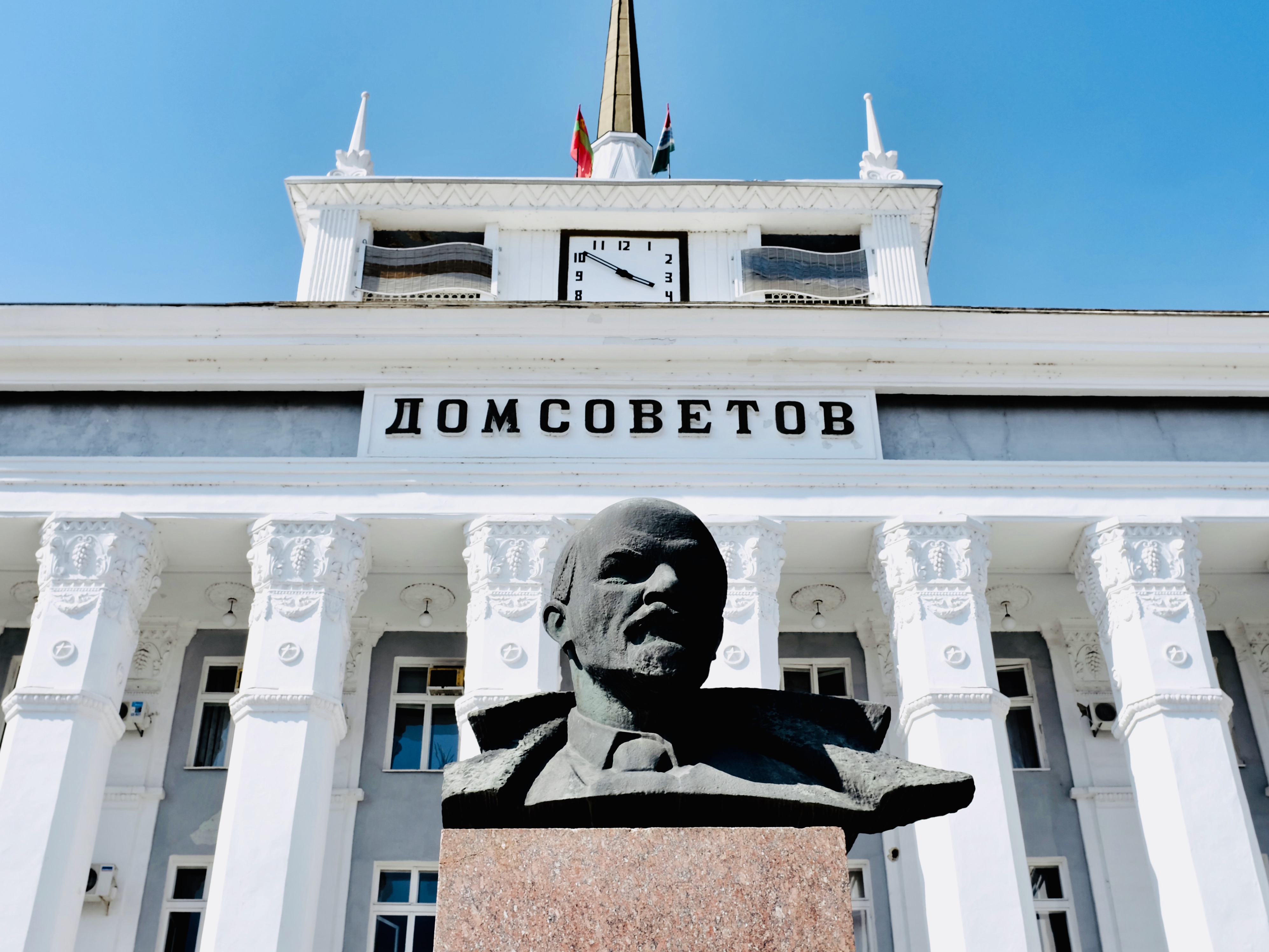
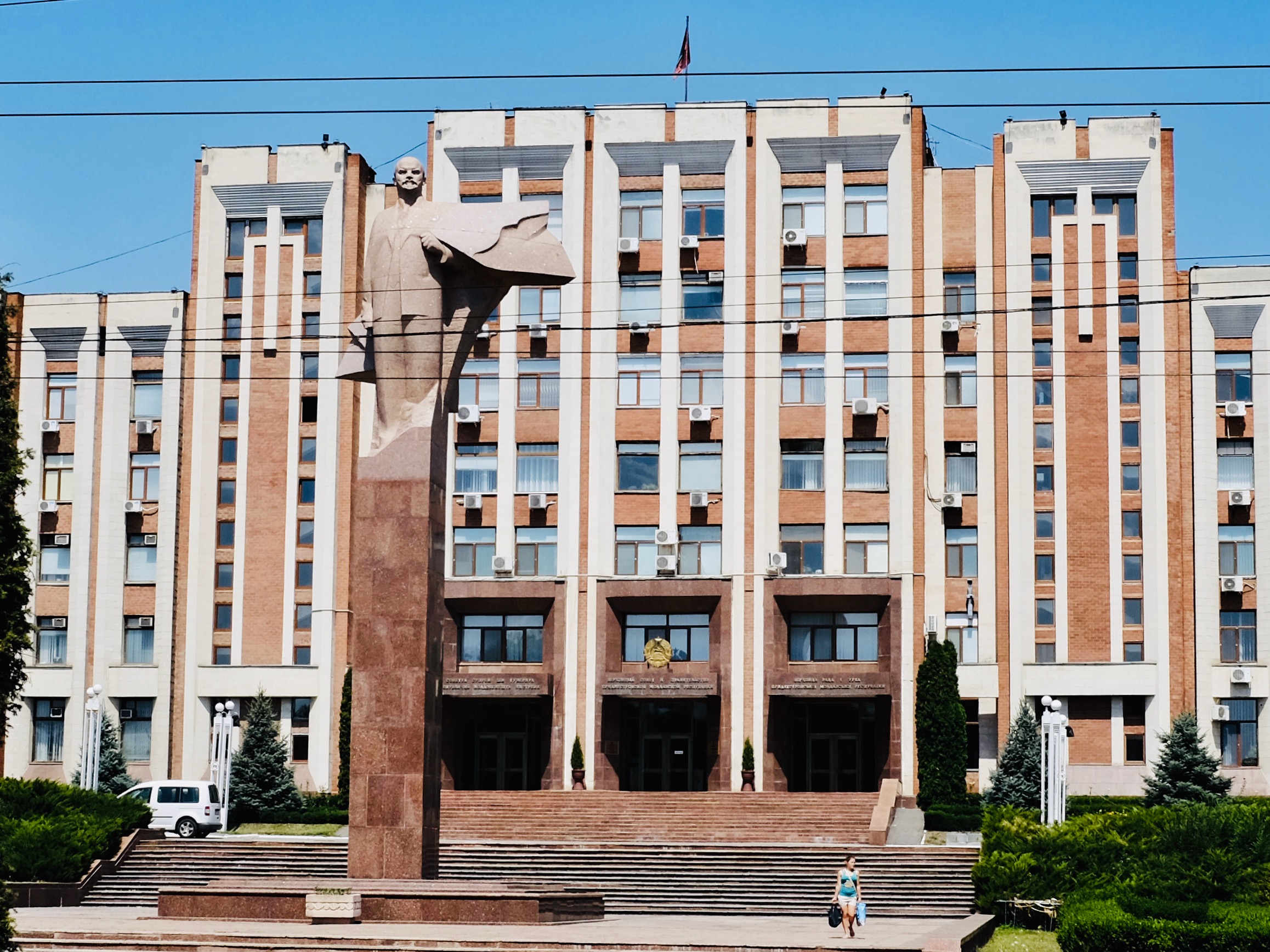
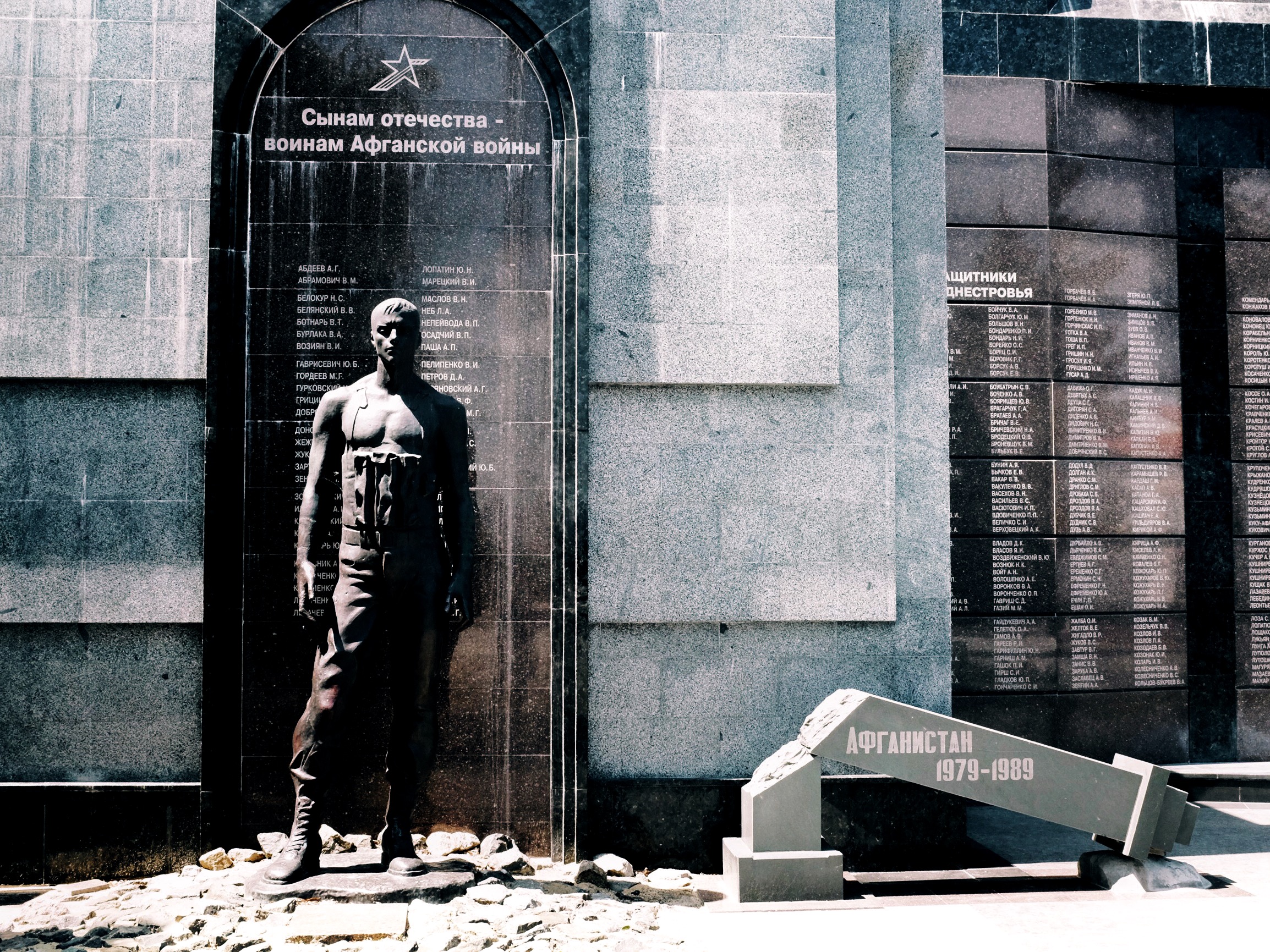



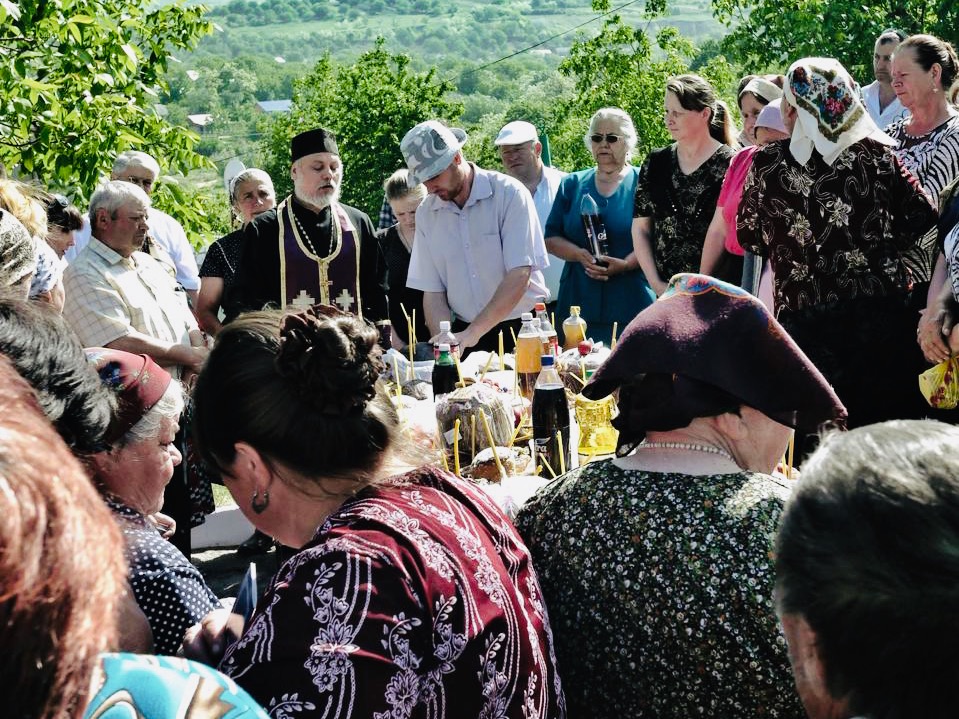
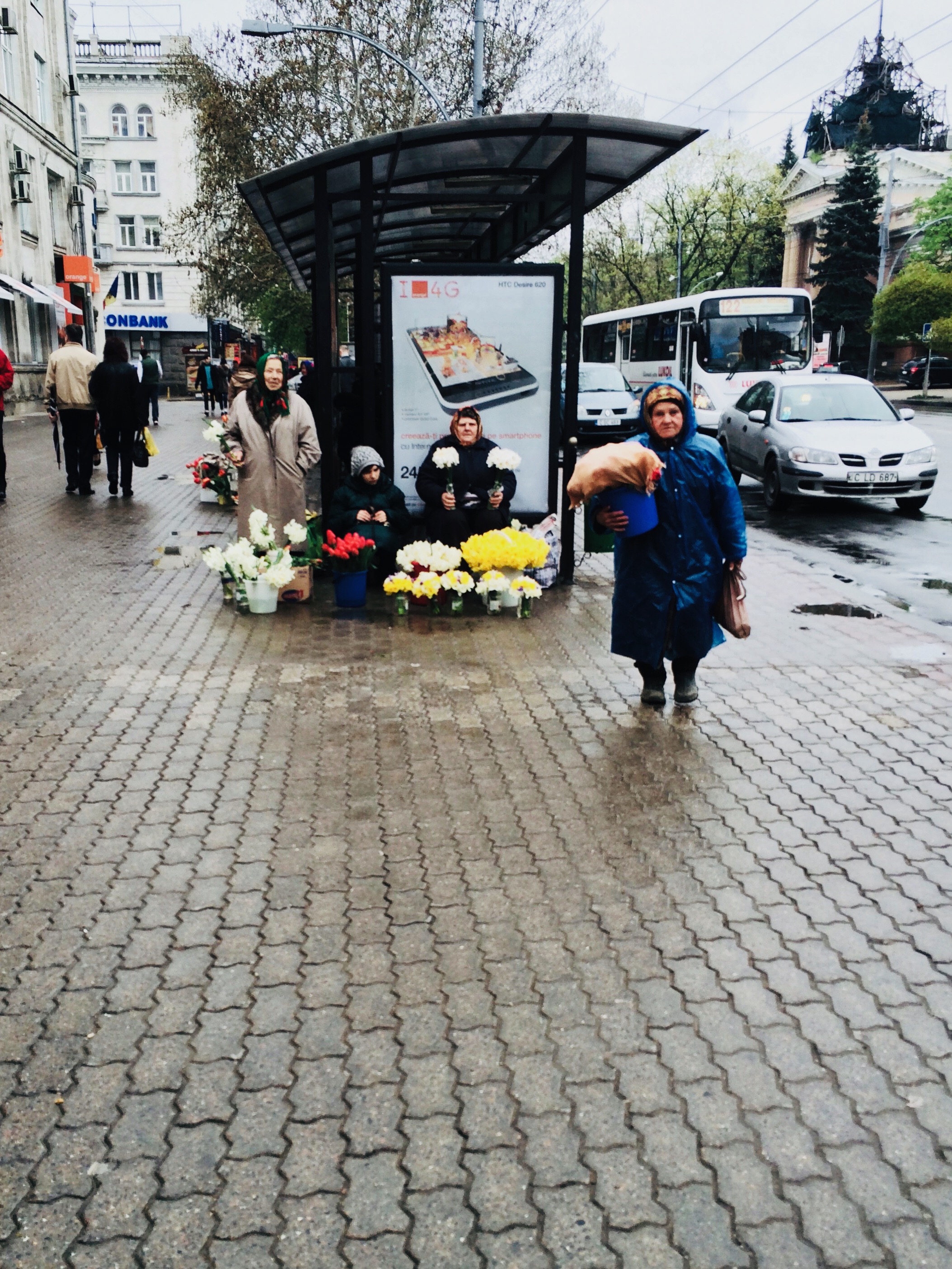
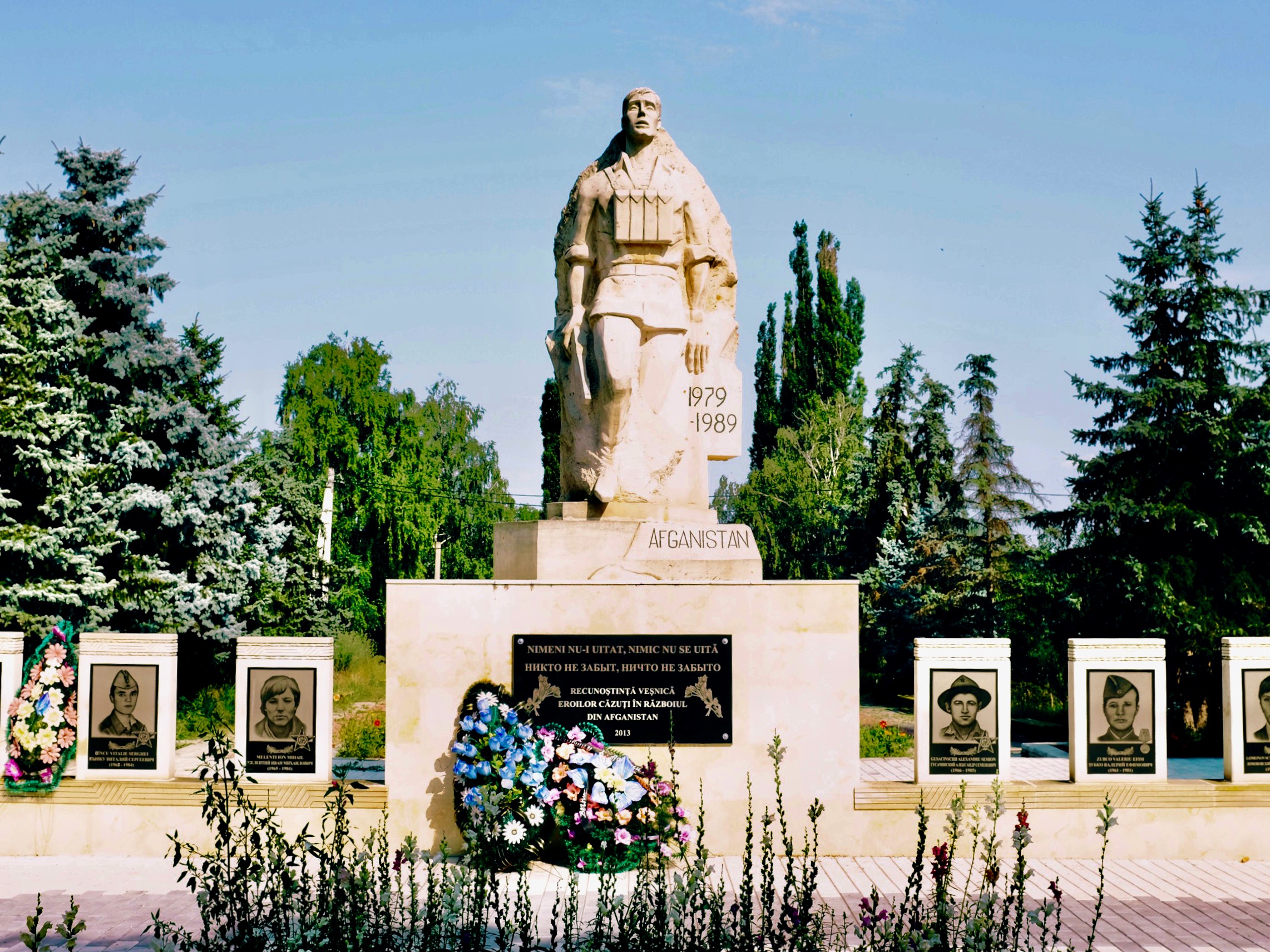
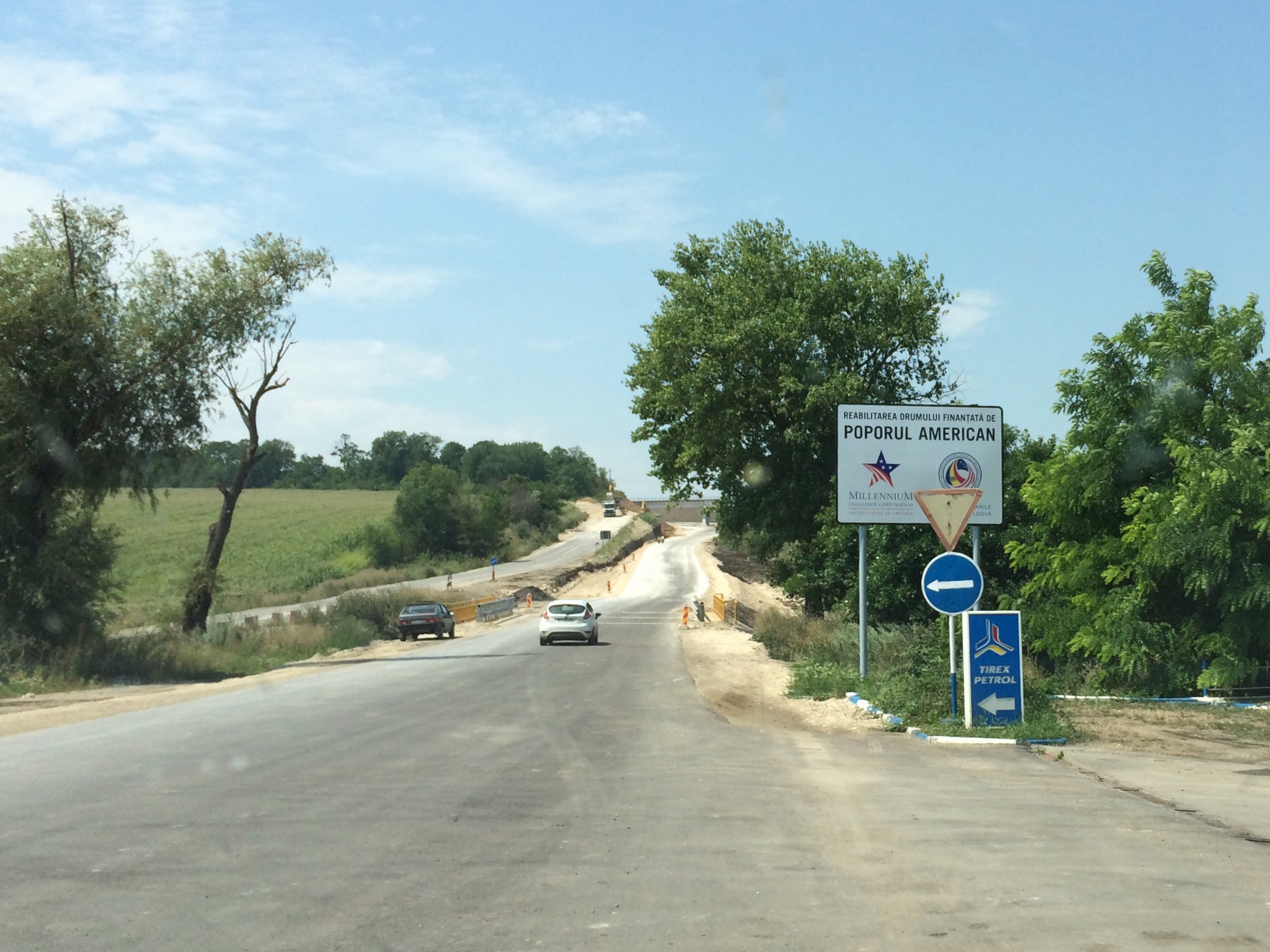
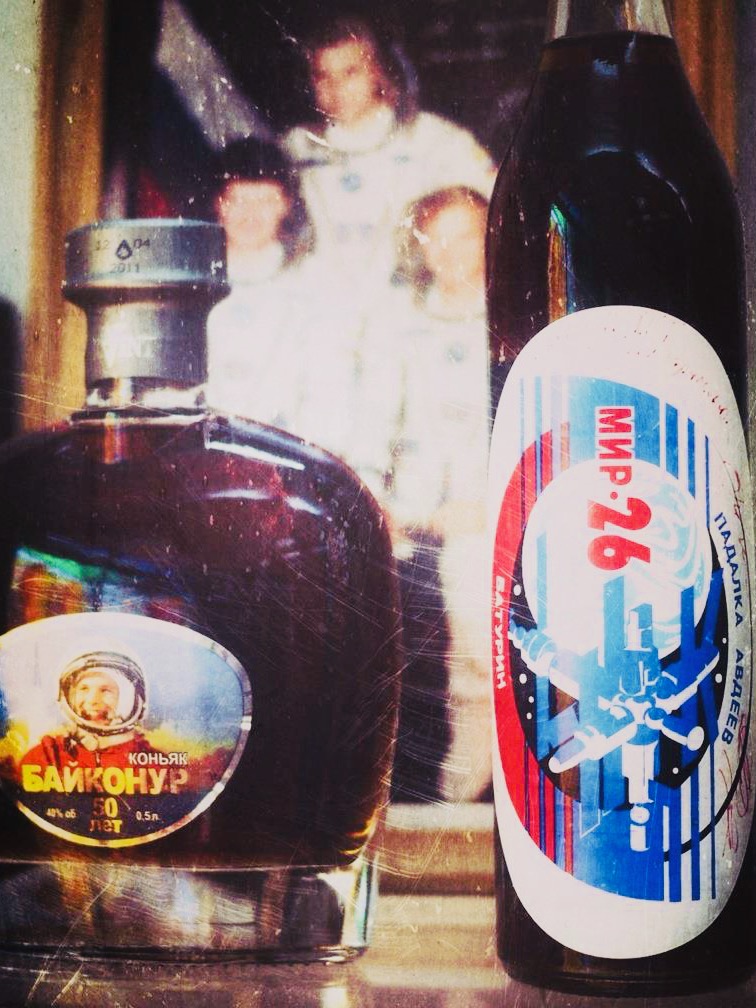
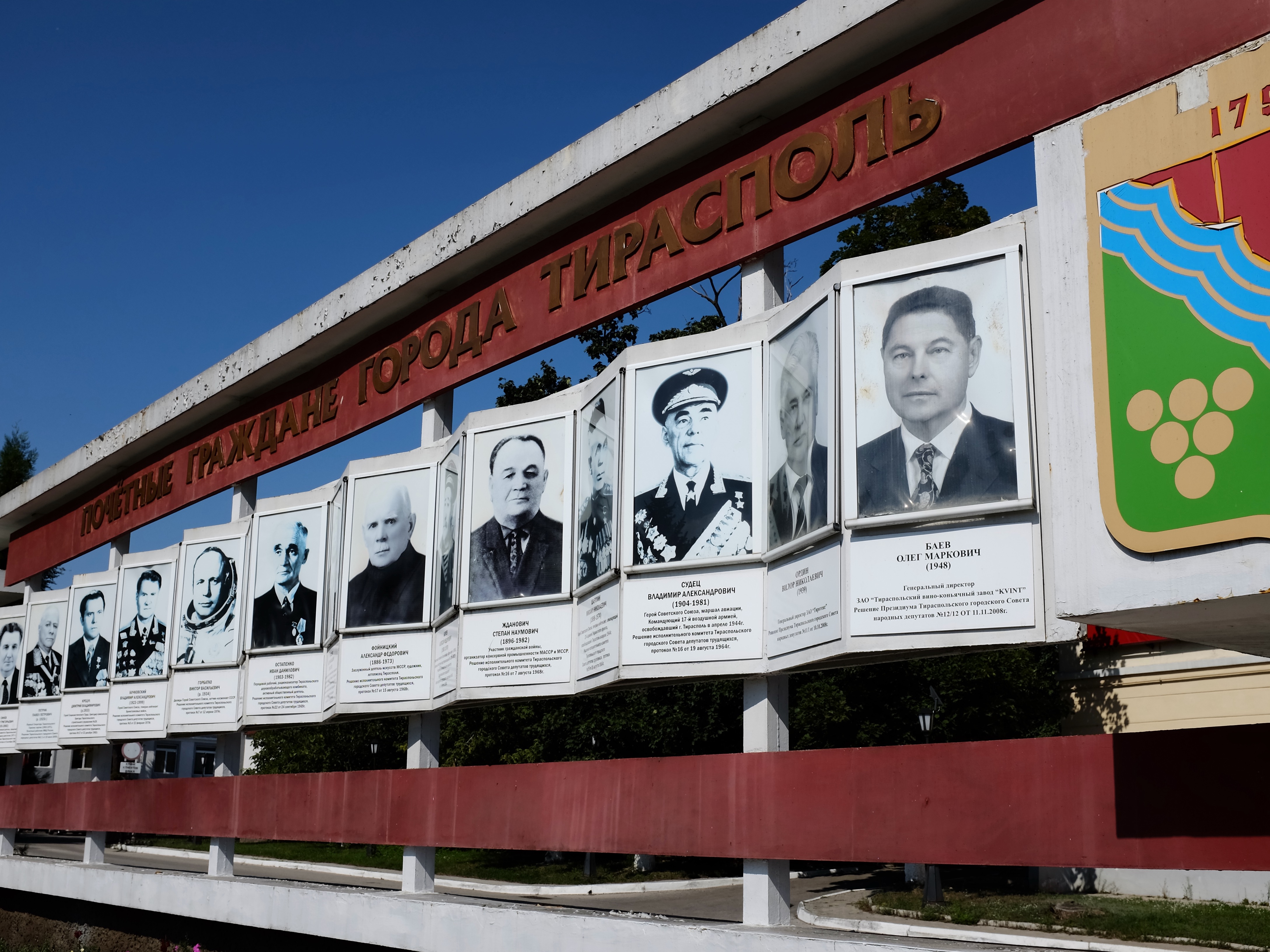
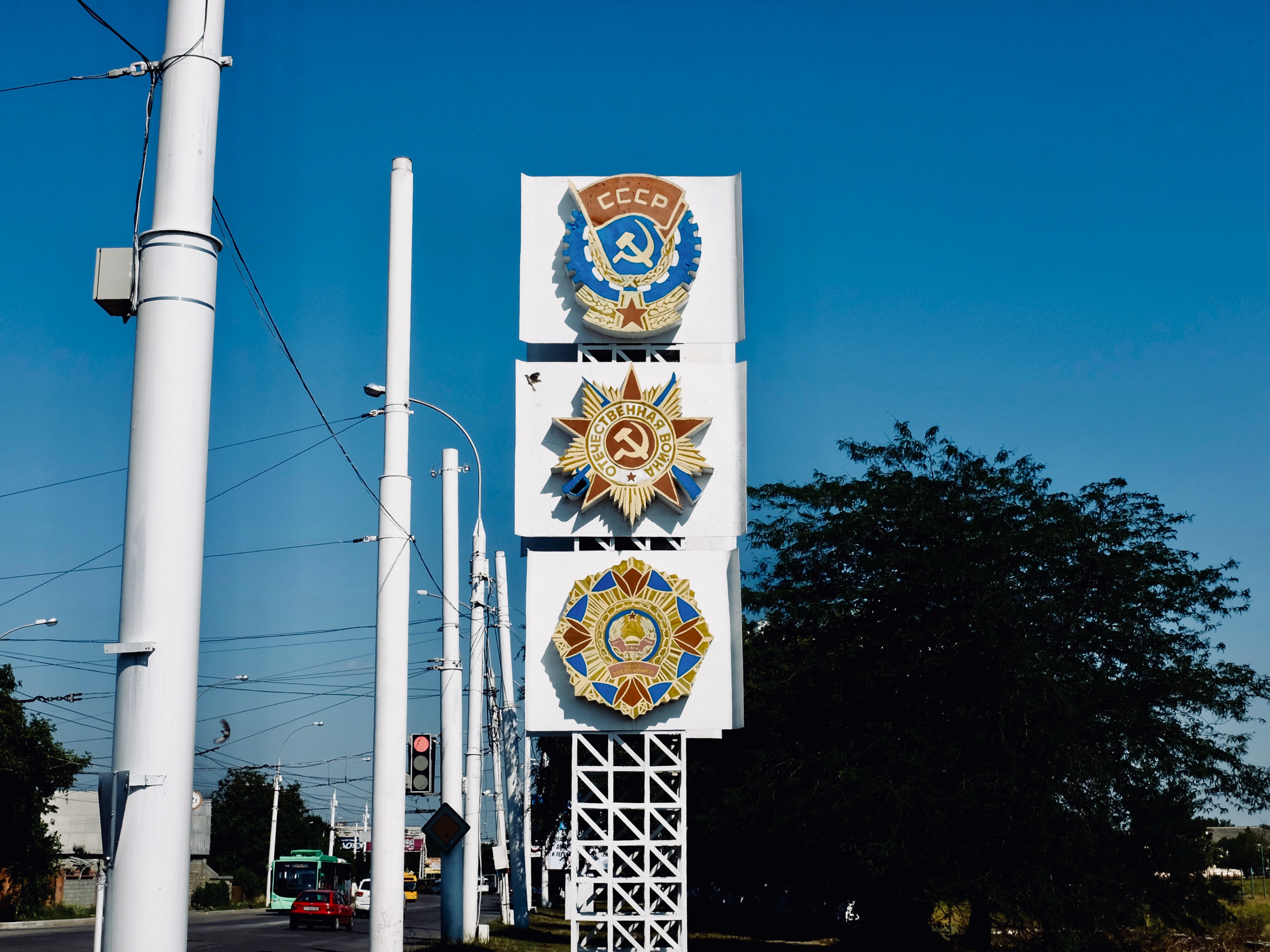
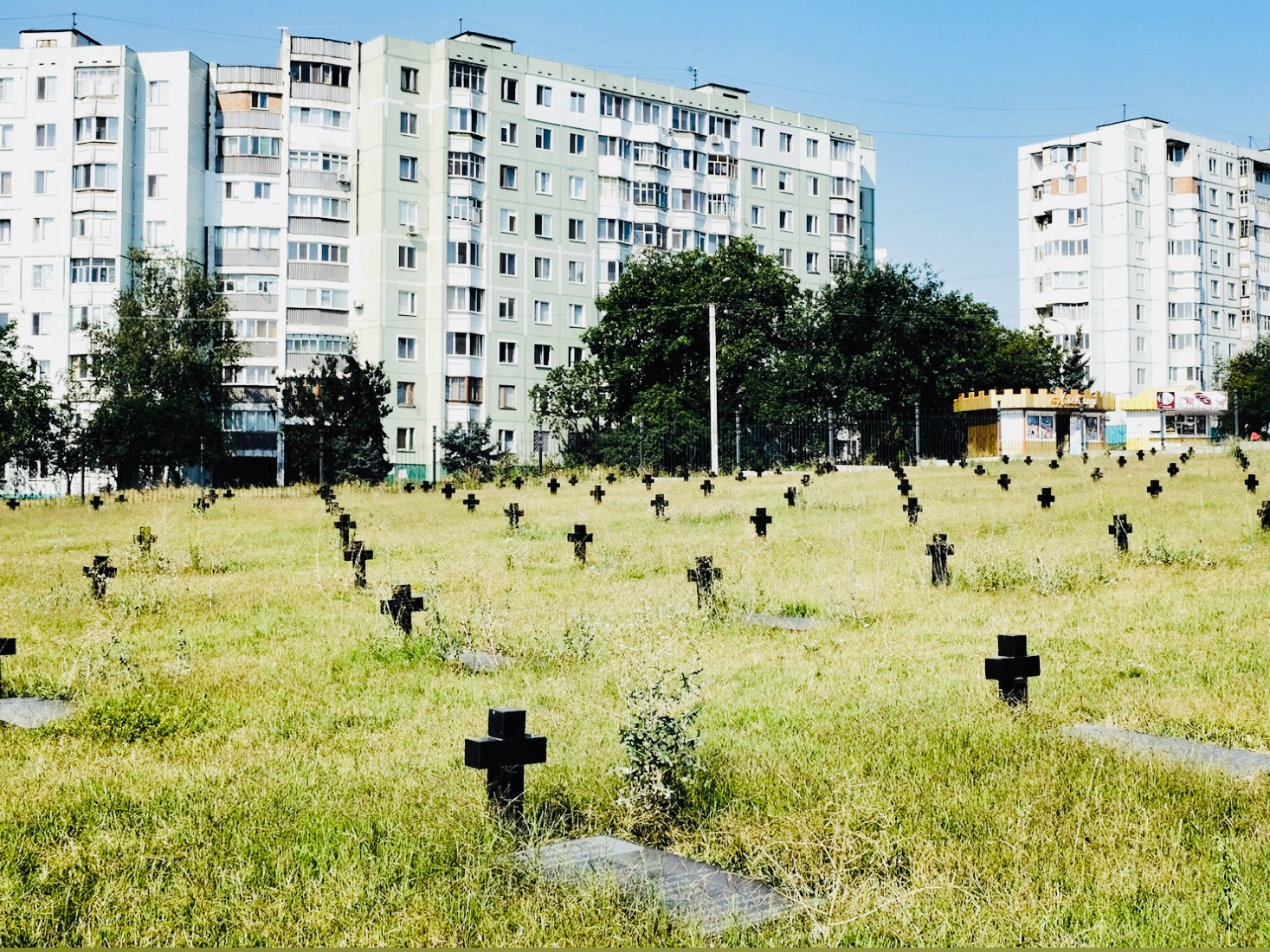

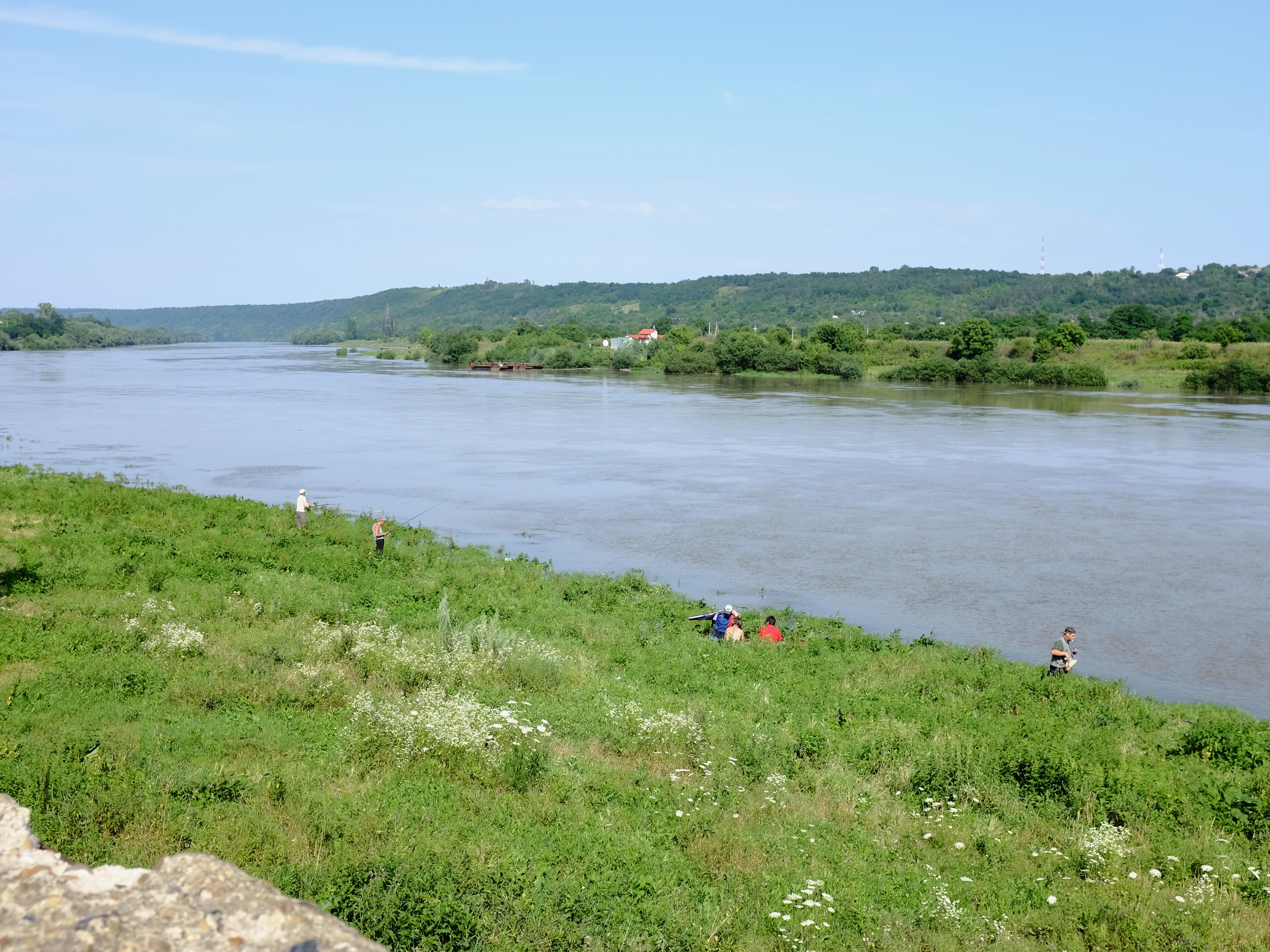
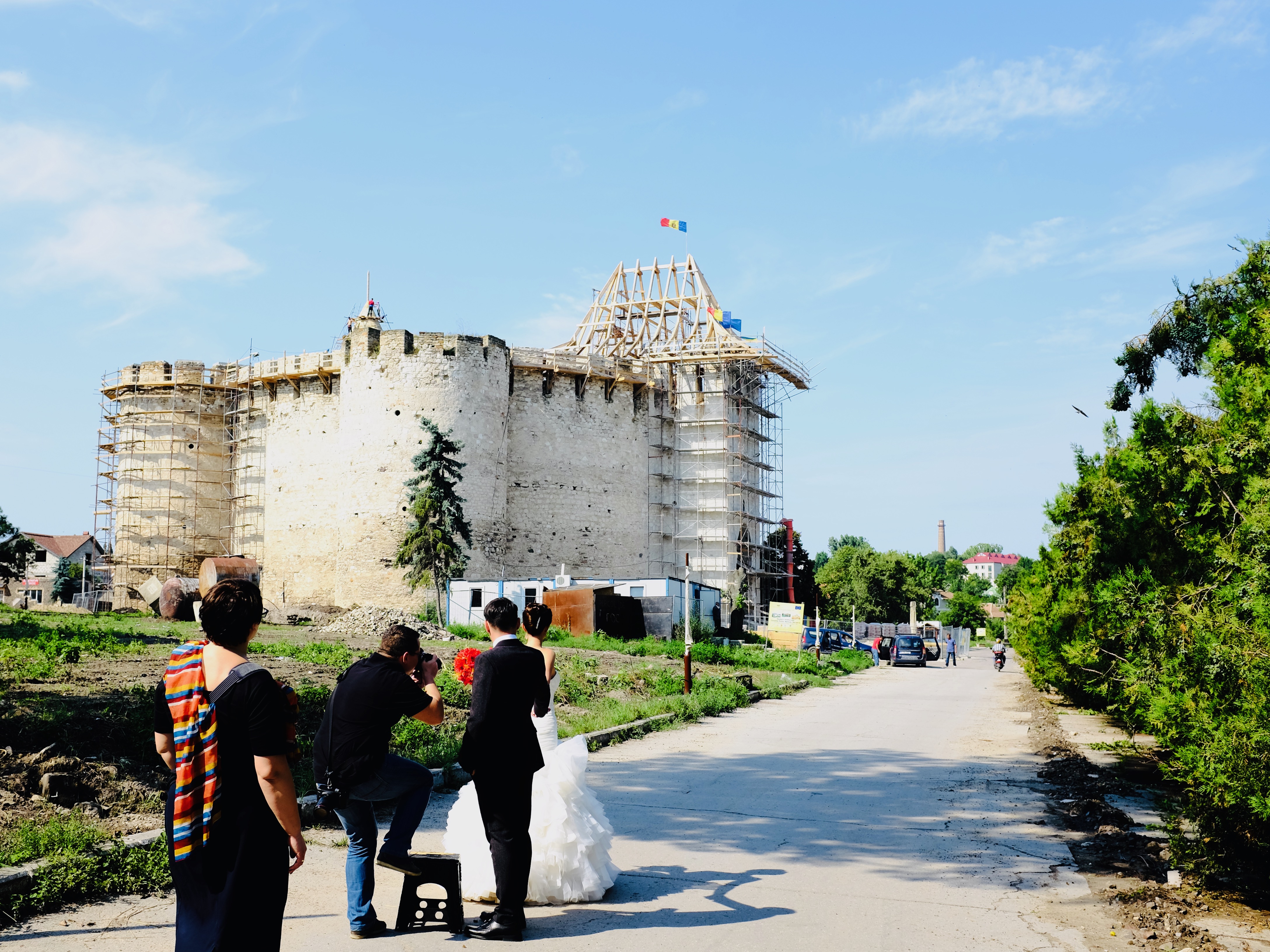
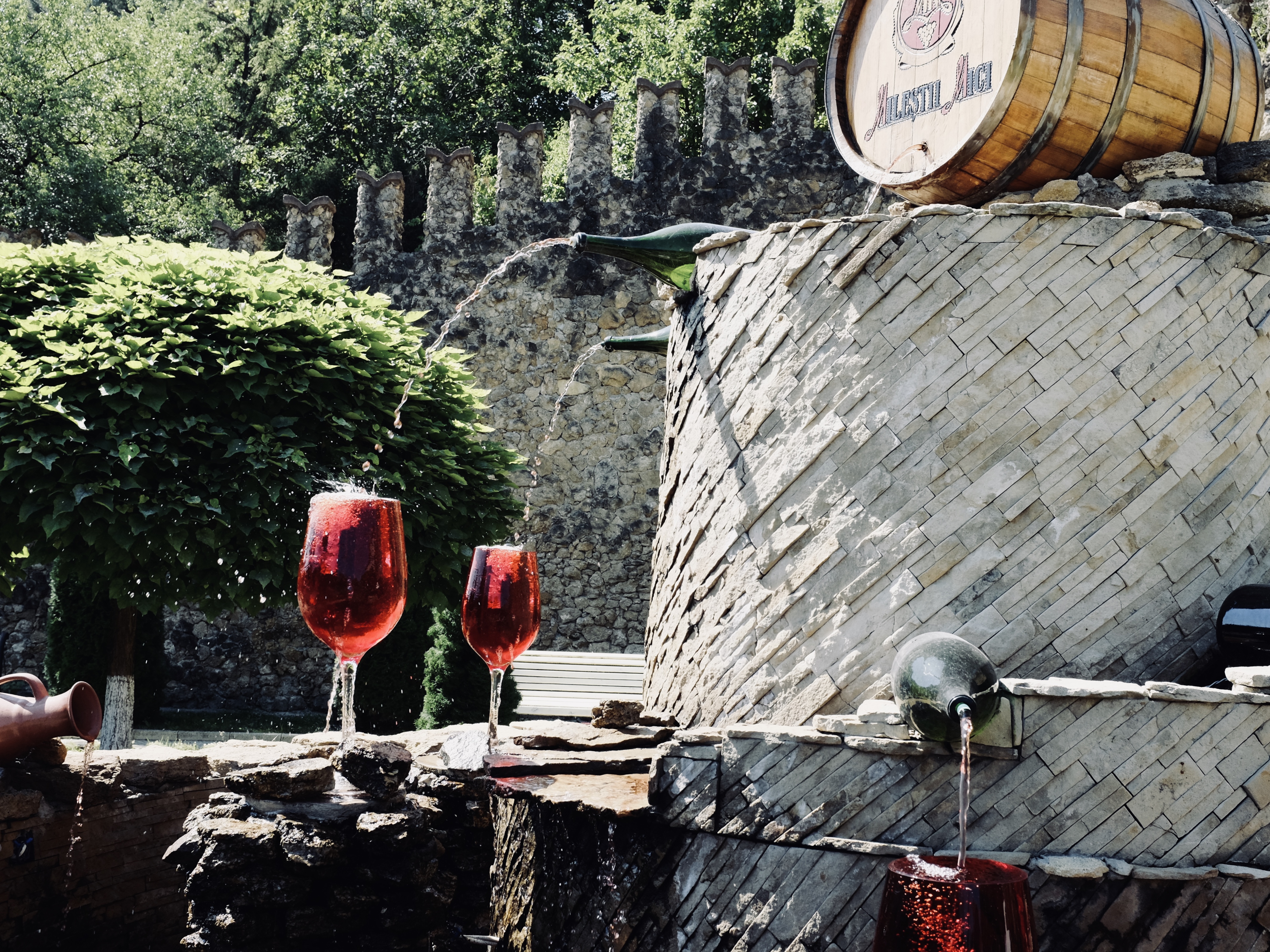

Great, great story. My first wife was Moldovan, and we spent time there together with her entire family. What a beautiful country. Unfortunately, it was quite corrupt when I was there in 1996.
Thank you Marc! I had forgotten about that part of your life. I’m glad you enjoyed the story.
Ciao Mark, what a Greta description of Moldova. My wife (She Is moldovan) , our son and I, will move to live in the south of this beautiful country, in next July (3 months, now) . We took this decision about 2 years ago, during the first lockdown in Italy. I lost my job, I am 58 and you must know that here in Italy, usually, after the age of 40, you are considered too “old” and It Is so hard top find a job. So, we are going to finish to build our house in Moldova and we are almost ready to leave Italy……here there Is no future! As I have more than 30years experience in the tourism and hotel business, we bought an old house (tipycal old style shape, with Thatcher roof) with close to our property, with lot of ground and we hope to find, throught USAID funds in order to renovate the old house (keeping the original shape and roof) and start an Agritourism with a cosy traditional restaurant. The village we will live in, Is called CARAHASANI a Village of about 3000 pop. in Stefan Voda district. I would be pleased to be in touch with you and if should be interested, send you updates regarding our project of New Life in Moldova. My email Is
matsimo63@gmail.com
Best regards
Matteo Simone